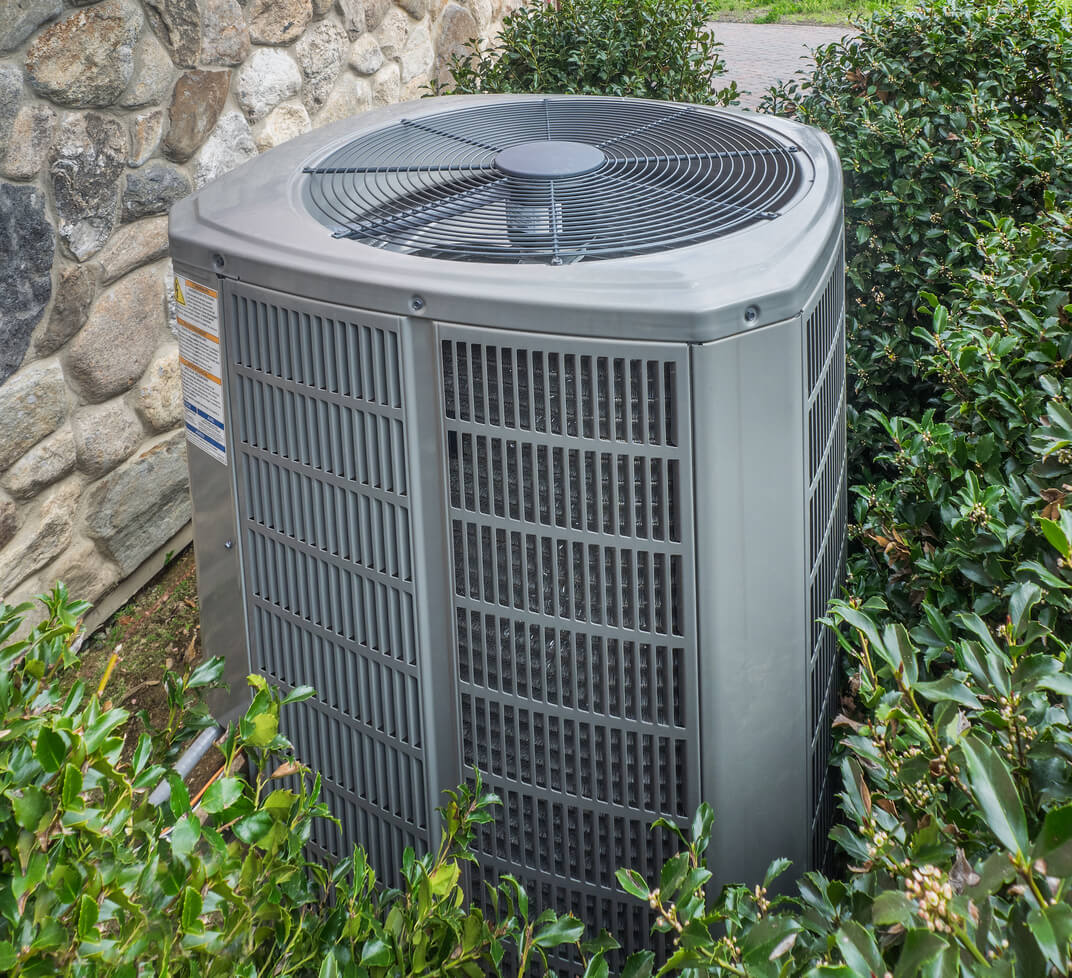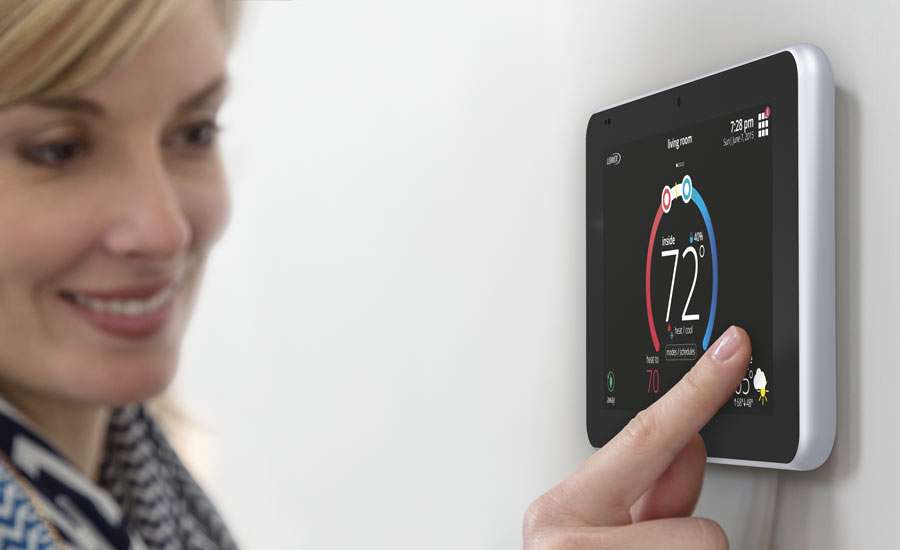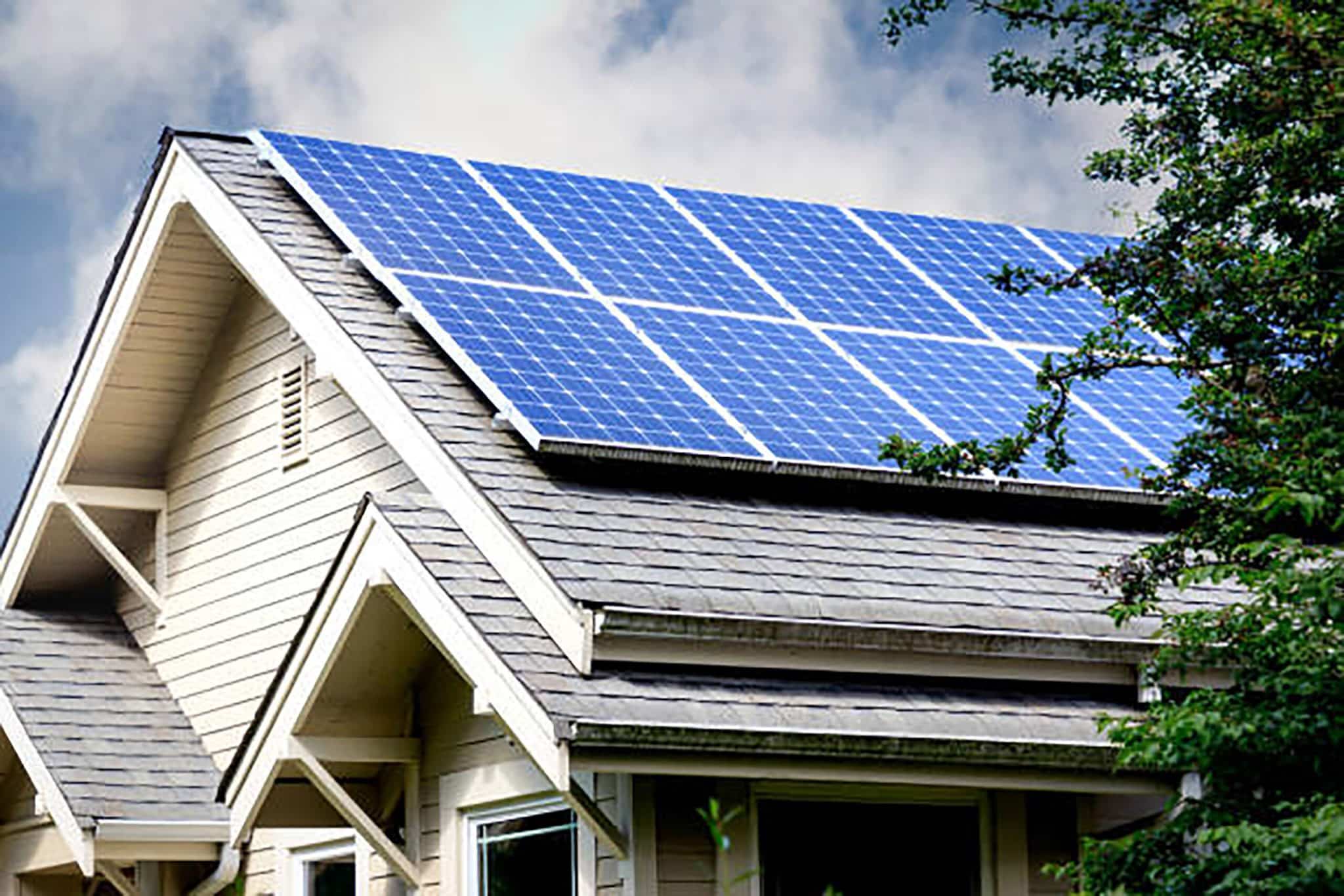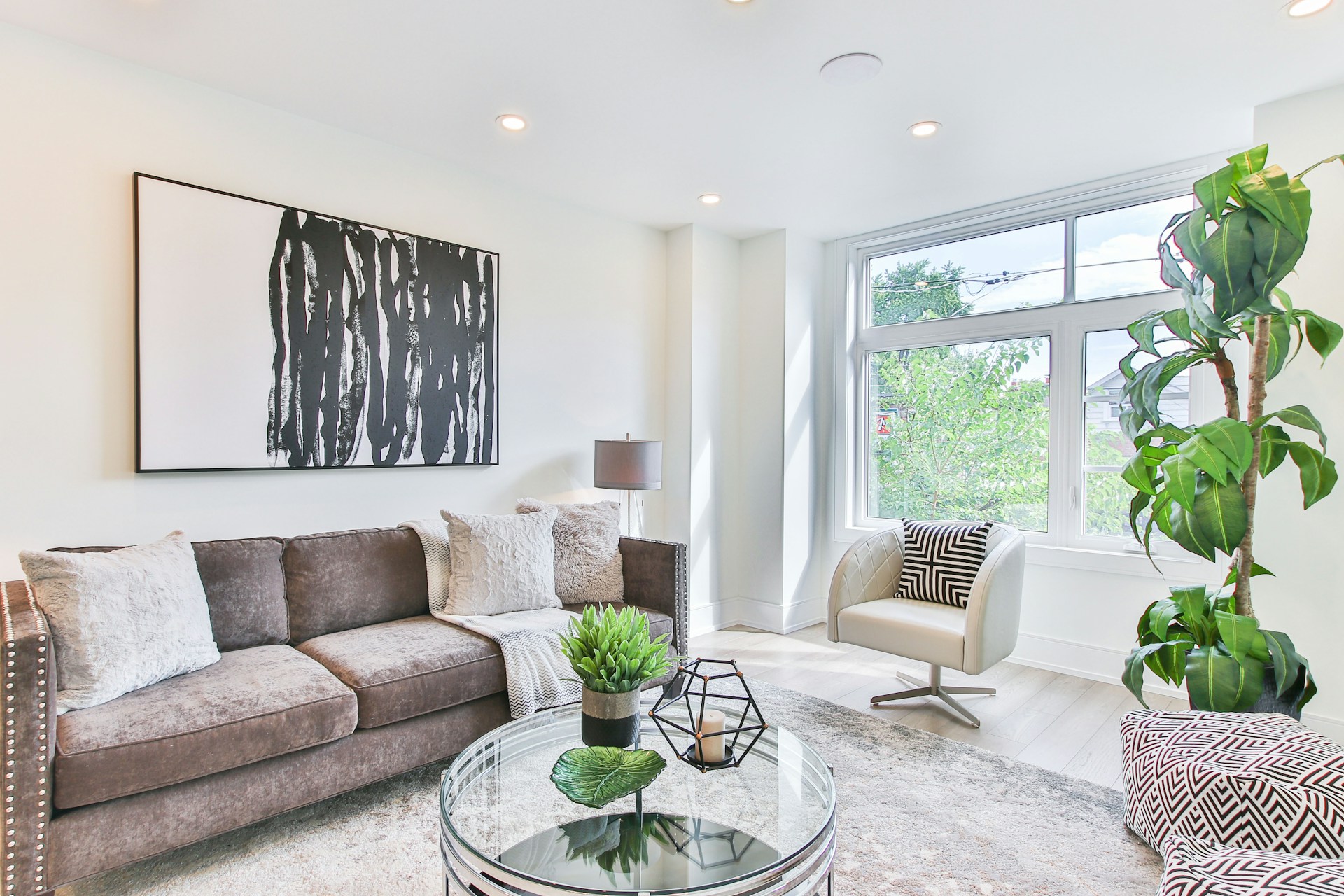How to Maximise Energy Savings with Your Heating and Cooling Systems
Your home to be comfortable all year round and your energy bills to plummet. Sounds too good to be true? But by making smart tweaks to your heating and cooling systems you can save big time. This blog post will share practical tips to keep your home warm in winter and cool in summer without breaking the bank.
You don’t have to be an HVAC expert to do these. Simple steps like regular maintenance, programmable thermostats and insulation can cut energy waste big time. Filter changes and sealing leaks will go a long way in maximising efficiency and savings.
There’s a big difference between an optimised system and one that’s just running. Find out how small changes can equal big savings and turn your home into an energy efficient machine.
Your Heating and Cooling Systems

To save energy, you need to understand your heating and cooling systems. We’ll break down their components, maintenance and how to spot common inefficiencies.
Components and How They Work
Your heating and cooling systems have several key components. The thermostat controls temperature by telling the system to heat or cool your home. Furnaces and heat pumps are the heart of heating, converting energy to warmth. To find reliable heat pumps check out Heat Pump Advisor.
Air conditioners and HVAC units cool the air with refrigerants. Ductwork distributes that conditioned air throughout your home. Filters and blowers move the air. Knowing these basics will help you troubleshoot and maintain your systems.
Maintenance is Key
Maintenance is critical for optimal performance. Schedule seasonal inspections to prevent breakdowns and catch issues before they become big problems. Simple tasks like replacing air filters every few months will improve airflow and efficiency. Inspecting and cleaning ductwork will reduce energy waste.
Professional service will extend the life of your equipment. Make sure technicians check refrigerant levels, thermostat settings and electrical connections. Small maintenance will equal big savings and system reliability.
Common Inefficiencies
Common inefficiencies in heating and cooling systems are easy to spot. Leaky ducts lose a lot of heated or cooled air. Insufficient insulation loses energy. Make sure your home is insulated to retain conditioned air.
Old or malfunctioning thermostats cause temperature fluctuations. Consider upgrading to a programmable thermostat for better control. Obstructed vents and dirty filters make the system work harder and use more energy. Regular checks and fixing these issues will improve performance and save energy.
Optimise Your Settings

Making sure your heating and cooling systems are running efficiently will save energy and lower your bills. You need to pay attention to your thermostat, consider zoning if you have a bigger home and adapt to seasonal changes.
Thermostat Tips
Setting your thermostat right can make a big difference. Start by setting it to 78°F (25.5°C) in summer and 68°F (20°C) in winter.
Install a programmable thermostat. It will let your system take a break when you’re asleep or away and save you money and energy.
Don’t change your thermostat settings frequently. Changing it too often will make your system work harder and use more energy for no comfort benefit.
Zoning Systems
Zoning systems allow you to control temperature in different parts of your home separately. This is useful for bigger homes or multi-story homes.
You can zone your home and install a thermostat for each zone. For example, keep the living room cooler and bedrooms warmer based on your usage.
Frequently asked questions about zoning systems are about the initial cost and setup time but the long term savings and comfort is worth it.
Seasonal Tips
Adjusting your heating and cooling habits according to the season is a must. In summer use fans and close blinds to cool your home without overworking your AC.
In winter reverse your ceiling fans to push warm air down from the ceiling and open curtains during the day to let in sunlight.
Before each season starts maintain and check your HVAC system. Clean filters, check for leaks and inspect ductwork to make sure everything is running smoothly.
Advanced Energy Saving Techniques
To take your energy efficiency to the next level consider integrating smart home devices and adding upgrades to your heating and cooling systems.
Smart Home Integrations
Smart thermostats let you control your home’s temperature remotely so you only use energy when you need to. These devices learn your habits over time and can adjust the heating and cooling to save you big.
Another tool is smart vents. These regulate airflow in individual rooms. By heating or cooling only occupied spaces you can reduce unnecessary energy use. Motion sensors and occupancy detectors also help by adjusting system operations based on activity in the home.
Add-Ons and Upgrades
Upgrading to high efficiency HVAC systems is another way. Newer models have higher SEER (Seasonal Energy Efficiency Ratio) ratings meaning they use less energy for the same amount of cooling or heating.
Adding insulation to ducts will prevent energy loss and improve overall system efficiency. Zoning systems is another upgrade; it allows you to control temperature in different areas separately, so you won’t waste energy in unoccupied spaces.
Reflective window films and regular maintenance also helps optimise energy use by reducing heat gain and making your systems run smoothly.
Boost Your Home’s Energy Efficiency with Renewable Energy Solutions

The biggest impact you can make on your heating and cooling systems is by adding renewable energy solutions. These are not only good for the planet but also good for your wallet in the long run.
Solar Panels and Heating
Solar panels can reduce your reliance on the grid by harnessing the sun’s power. Solar energy can be used to power many parts of your home including your heating systems. Solar water heaters for example use solar panels to heat water so you don’t need to use traditional energy sources.
Geothermal Heating and Cooling
Geothermal systems use the constant temperature underground to heat and cool your home. By tapping into this natural resource geothermal systems can provide a highly efficient and sustainable way to keep your home comfortable all year round. They may have a higher upfront cost but will save and be more efficient in the long run.
Wind Turbines
If you live in a windy area small wind turbines can be a great addition to your renewable energy plan. Wind energy can complement solar energy especially during seasons with less sunlight so you have a steady supply of renewable energy to power your heating and cooling systems.
Incentives and Rebates
Many governments and local utilities offer incentives and rebates for installing renewable energy systems. These can help offset the upfront cost of installation so renewable energy solutions are more affordable.
Combined Heat and Power Systems
Combined Heat and Power (CHP) systems also known as cogeneration produce electricity and useful heat from the same energy source. By capturing and using heat that would otherwise be wasted CHP systems can meet your home’s energy needs.
Summary
You can maximise energy savings with your heating and cooling systems and it’s practical. By understanding your systems, maintaining regularly and optimising settings you can reduce energy consumption and lower your bills.
Advanced techniques like smart home integrations and energy saving upgrades will further boost efficiency. Small changes like programmable thermostats and insulation will make a big impact. By doing these you can have a comfortable home all year round and contribute to a sustainable environment and lower energy costs. Remember an optimised system isn’t just running it’s performing at its best so you get the most out of every energy dollar spent.







